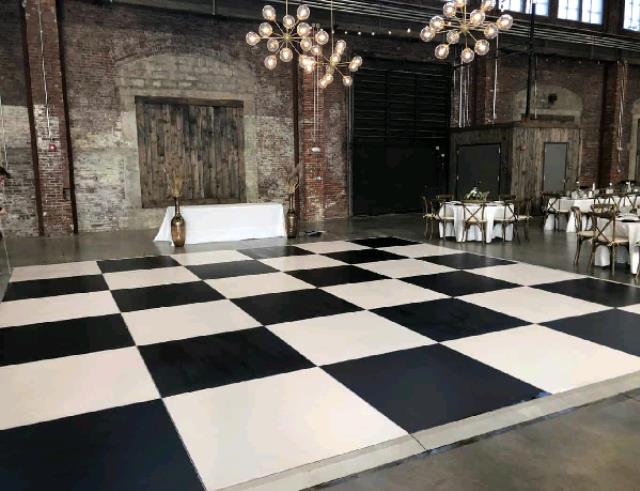
The primary hues are red, azure, and golden. These hues cannot created by mixing other colors together. Intermediate hues, such as emerald, tangerine, and violet, are formed by mixing primary hues. Tertiary hues are formed by mixing a main hue with a intermediate hue. Understanding these basic relationships helps creators select hues that enhance one another and produce a visually appealing display. Mixing these hues on an LED dance floor can lead to dynamic and stimulating outcomes that capture the attention of dancers.
Hue value also plays a crucial part in aesthetics. Hues can be classified as warm or cool. Warm colors, such as crimson, tangerine, and golden, tend to elicit emotions of excitement and warmth. In contrast, chill hues like azure, green, and purple typically create a calm and soothing environment. Creators can utilize these color temperatures to set the ambiance for different types of events. For instance, a party environment may benefit from warm hues that invigorate the audience, while a further calm occasion might use chill hues to provide a calming influence.
In furthermore to hue combinations and value, brightness and intensity are vital elements to consider. Luminosity denotes to how bright or dark a hue appears, while intensity indicates the intensity of a color. Vivid, intense colors can generate a lively and lively atmosphere, ideal for dance floors. On blog here the other hand, gentler, lower saturated hues can create a further muted atmosphere. By adjusting luminosity and intensity, creators can attract focus to specific areas of the dancing surface or create sight routes, leading participants through the venue.
Finally, it is crucial to take into account the psychological effects of hue in LED dance surface layouts. Different colors can evoke various emotions and responses. For instance, red is often linked with passion and energy, while blue can be soothing and tranquil. Understanding these associations enables creators to strategically use hues to affect the visit this web-site behavior of dancers. By integrating hue theory into LED dancing floor designs, designers can improve the total experience, rendering it memorable and enjoyable for everyone participating.